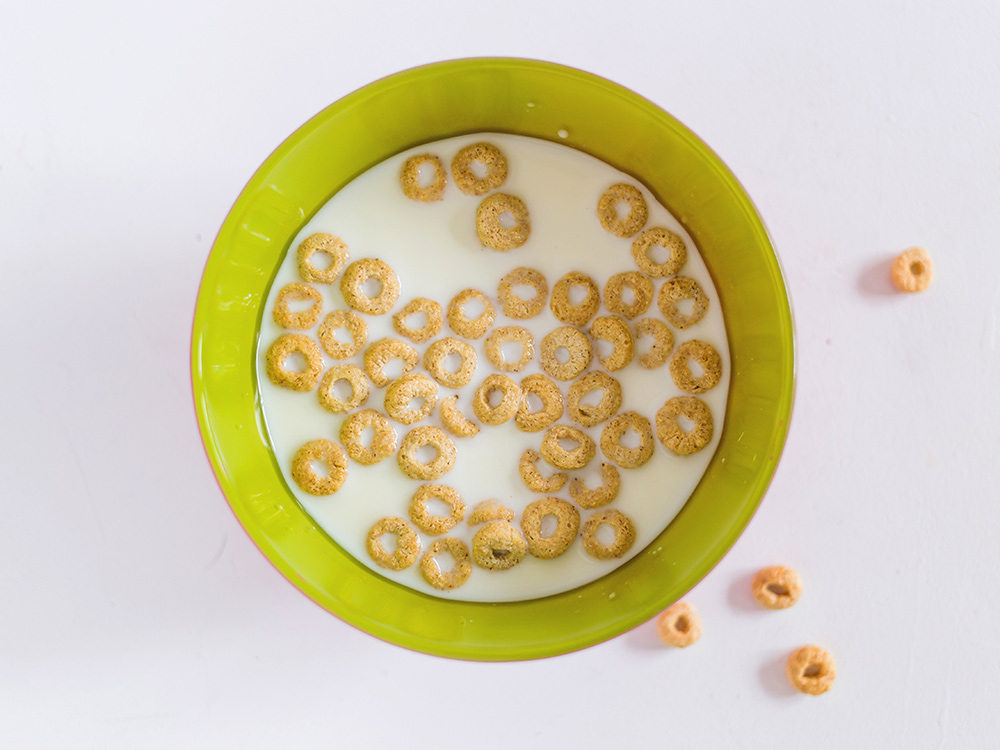

An environmental advocacy group found traces of controversial herbicides on popular breakfast cereals like Cheerios, Lucky Charms, and Quaker Oats, according to their report published Aug. 15. The weed killer in question—glyphosate—has long been the subject of controversy and confusion, especially when it comes to whether it’s associated with cancer. Recently, a California jury decided that Monsanto, the agrochemical giant that produces a weed killer called Roundup, must pay a former groundskeeper with terminal non-Hodgkin lymphoma $289 million in damages for failing to warn him of glyphosate’s cancer risks. Dewayne Johnson, the plaintiff, testified that he sprayed large amounts of weed killer on the job and was accidentally doused with the product on two occasions.
But juries are not necessarily making their decisions based on science alone, and sometimes shoddy science can make its way into the courtroom.
Glyphosate, a broad-spectrum herbicide that indiscriminately kills crops and weeds, is commonly sprayed in fields prior to planting or on crops genetically modified to resist glyphosate. The Johnson case is the first of hundreds of lawsuits against Monsanto and its weed-killer to go to trial.
In response, Monsanto released a statement saying that glyphosate does not cause cancer and that they would appeal the verdict.
So what does the science say?
In 2015, the International Agency for Research on Cancer, the World Health Organization’s cancer research arm, classified glyphosate as “probably carcinogenic to humans.” Although the IARC working group said the evidence was limited, they found a positive association between the herbicide and non-Hodgkin lymphoma, a cancer that develops from certain white blood cells, or lymphocytes. Glyphosate also damages DNA in cultured human cells and in animal studies, the IARC concluded, prompting an influx of lawsuits after the report came out.
However, that same year, the European Food Safety Authority also evaluated glyphosate and deemed that it wasn’t likely to pose a cancer threat. The European Union committee explained that they reached a different conclusion because they only looked at glyphosate, whereas the IARC included glyphosate-based formulations in their review and also considered additional routes of exposure, such as on the job or from the environment.
Similarly, a joint May 2016 report from the World Health Organization and the United Nations’ Food and Agriculture Organization contradicted WHO’s earlier position, concluding that glyphosate exposure through diet was unlikely to pose a cancer risk. Instead, the report acknowledged some evidence of a positive correlation between glyphosate and non-Hodgkin’s lymphoma, but noted that the majority of animal studies didn’t show any damage to the genetic material in cells, even at doses as high as two grams per kilogram of body weight. Scaled linearly for a 154-lb person, that amount of glyphosate would equal the weight of about 35 sugar cubes.
The 2017 draft risk assessment from the Environmental Protection Agency looking at exposure through food and drink or accidental ingestion from work-related applications also concluded that glyphosate was unlikely to cause cancer in people. This draft didn’t include a dietary reference dose, but an EPA report from 1993 proposed a reference dose of 140 milligrams per day for a 154-pound person.
California, which is usually extra cautious when it comes to cancer risk, says that glyphosate exposure below 1.1 milligrams per day doesn’t pose a significant risk. The Environmental Working Group, in their report on breakfast cereals, used a limit 100 times more conservative than California’s already cautious one.
Of course, nobody likes the idea of eating weed killer with their breakfast. But if it’s any consolation, you’d have to eat about 12 servings of the breakfast cereal flavored with the most Roundup (Quaker Old Fashioned Oats) to reach California’s already conservative limit for glyphosate exposure.
